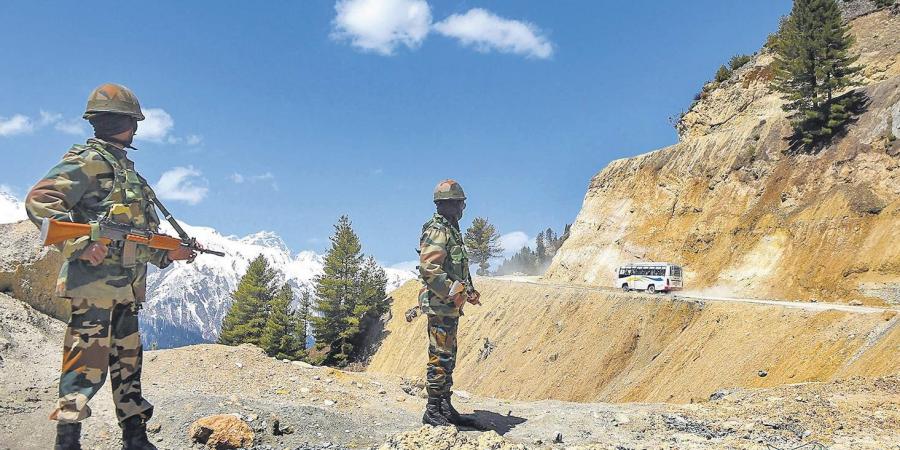
- Home
- India
- World
- Premium
- THE FEDERAL SPECIAL
- Analysis
- States
- Perspective
- Videos
- Sports
- Education
- Entertainment
- Elections
- Features
- Health
- Business
- Series
- In memoriam: Sheikh Mujibur Rahman
- Bishnoi's Men
- NEET TANGLE
- Economy Series
- Earth Day
- Kashmir’s Frozen Turbulence
- India@75
- The legend of Ramjanmabhoomi
- Liberalisation@30
- How to tame a dragon
- Celebrating biodiversity
- Farm Matters
- 50 days of solitude
- Bringing Migrants Home
- Budget 2020
- Jharkhand Votes
- The Federal Investigates
- The Federal Impact
- Vanishing Sand
- Gandhi @ 150
- Andhra Today
- Field report
- Operation Gulmarg
- Pandemic @1 Mn in India
- The Federal Year-End
- The Zero Year
- Science
- Brand studio
- Newsletter
- Elections 2024
- Events
- Home
- IndiaIndia
- World
- Analysis
- StatesStates
- PerspectivePerspective
- VideosVideos
- Sports
- Education
- Entertainment
- ElectionsElections
- Features
- Health
- BusinessBusiness
- Premium
- Loading...
Premium - Events

Situation along LAC stable and improving, says China

Claiming that Chinese and Indian troops had taken “effective measures” to disengage at the Galwan Valley and other areas along the Line of Actual Control (LAC) in eastern Ladakh, China on Thursday (July 09) said that the situation was “stable and improving”.
Chinese Foreign Ministry spokesperson Zhao Lijian made the statement days after the two sides agreed on an expeditious withdrawal of soldiers from all the standoff points.
Zhao told a media briefing here that following the consensus reached at the commander-level talks, China, India border troops have taken effective measures to disengage at the front-line at the Galwan Valley and other areas. The situation along the border is stable and improving, he said.
People in New Delhi familiar with the developments too said the Chinese military had removed all temporary structures and completed the withdrawal of its troops from the face-off site in Hot Springs in eastern Ladakh.
Related News: Indian, Chinese militaries to verify disengagement process in Ladakh
Asked about further talks between the two countries, Zhao said the two sides would continue dialogue and communication through military and diplomatic channels including by holding a meeting of the Working Mechanism for Consultations and Coordination (WMCC) on the Sino-Indian border affairs.
“We hope India will work together with us to take concrete action and implement the consensus reached and jointly work for de-escalation along the border,” the spokesperson added.
The disengagement process of the troops on both sides began on Monday (July 06) morning after a nearly two-hour telephonic conversation between National Security Advisor Ajit Doval and Chinese Foreign Minister Wang Yi on the previous day.
At the talks, the two sides agreed on an expeditious withdrawal of troops from all the standoff points to bring back peace and tranquillity in the region. Doval and Wang are Special Representatives (SR) for the boundary talks.
Related News: China’s action along LAC ‘incredibly aggressive’, says Mike Pompeo
People familiar with the developments said there had been thinning out of troops from Finger areas in Pangong Tso, which has been a major face-off site between the two sides.
The two militaries are set to hold extensive talks on finalising modalities for restoring normalcy and bringing back peace and tranquillity in the region after the verification of the disengagement exercise is completed, they added.
Government sources in New Delhi said the Chinese military has already removed tents and withdrew its personnel from patrolling point 14 in Galwan Valley, the site of violent clashes between the two armies on June 15 that left 20 Indian soldiers dead.
The Chinese side also suffered casualties but it is yet to give out the details. According to an American intelligence report, the number of casualties on the Chinese side was 35.
(With inputs from agencies)
